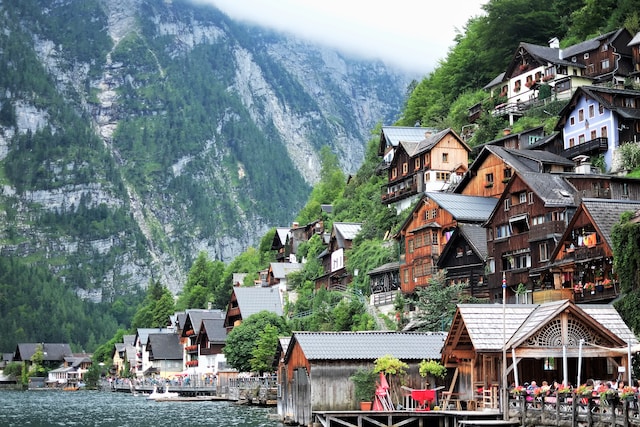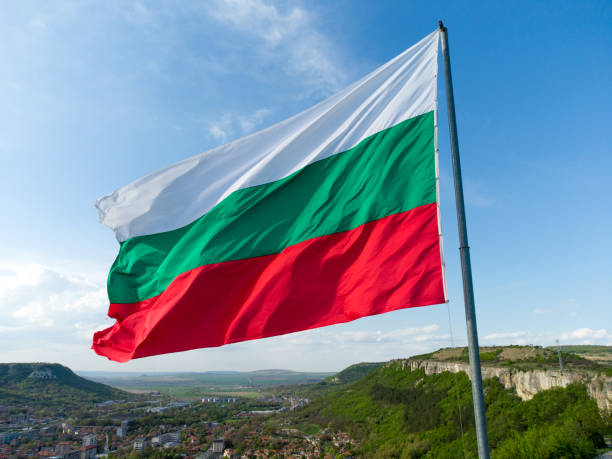The amount of people who are allowed to immigrate to Austria each year is regulated by a system of immigration quotas and limitations. These limits are however only applicable to non-EU citizens. These restrictions have been put in place to help Austria control population growth and preserve its economic stability. The immigration system in Austria uses many distinct kinds of quotas and limitations.

These other articles might interest you:
The major ones are:
Yearly quotas
Austria has yearly limits that are intended to restrict the number of people who are permitted to immigrate there each year. The Austrian government determines the limit, which is based on some variables, such as the demands of the Austrian economy and the country’s total population increase. Typically, the yearly limits are divided among many groups, including skilled workers, students, and refugees. Depending on the demands of the nation, the quotas for each category may change from one year to the next.
Quotas for certain occupations
The goal of Austria’s occupation-specific limit is to guarantee that people who are highly qualified and in demand in certain professions are allowed to migrate there. The quotas are often established for fields like medicine, engineering, and technology, which are seen to be essential to the development of the nation’s economy. It is also possible to divide the occupation-specific quotas into subcategories, such as physicians, nurses, and IT professionals. The requirements of the nation may change these quotas from year to year.
Red-white-red card
The red-white-red card system in Austria, which is a points-based system, is used to decide who is qualified to immigrate to Austria. The methodology considers a number of elements, such as a person’s education, professional experience, and language abilities. People who earn enough points to qualify may be able to apply for a red-white-red card, which enables them to live and work in Austria. The red-white-red card system is primarily utilized for occupations like scientists, researchers, and entrepreneurs and is intended to attract highly trained professionals to the nation.
The reunion of families
The Austrian government’s family reunion procedure enables people to apply to join their Austrian relatives. Depending on the conditions of the family members concerned, the procedure is subject to certain limits and limitations. For instance, the government’s yearly quotas may place a limit on the number of family members who may be reunited with a person. Additionally, certain family members—such as wives and young children—may be given preference over others.
Priority list
Additionally, Austria has a priority list system for certain professions and sectors. The jobs on this list are those that are most urgently needed and in great demand. People who possess these abilities may be able to get around the numerical restrictions and get special consideration when applying for immigration.
Quotas for those seeking refuge
Asylum seekers are subject to quotas and limits in Austria as well. The number of people who may seek asylum in a particular year is restricted by the government. The government may halt or restrict the processing of new asylum requests if the quota is reached.
In conclusion, Austria’s immigration quotas and limits are created to ensure that highly educated employees may join the nation in order to sustain its economy. While simultaneously limiting the number of people who can migrate there each year. Various quotas and limitations may apply, depending on the requirements of the nation and the year. To find out more about the current immigration laws and criteria, those who are interested in relocating to Austria can speak with an immigration lawyer or other knowledgeable specialist.


